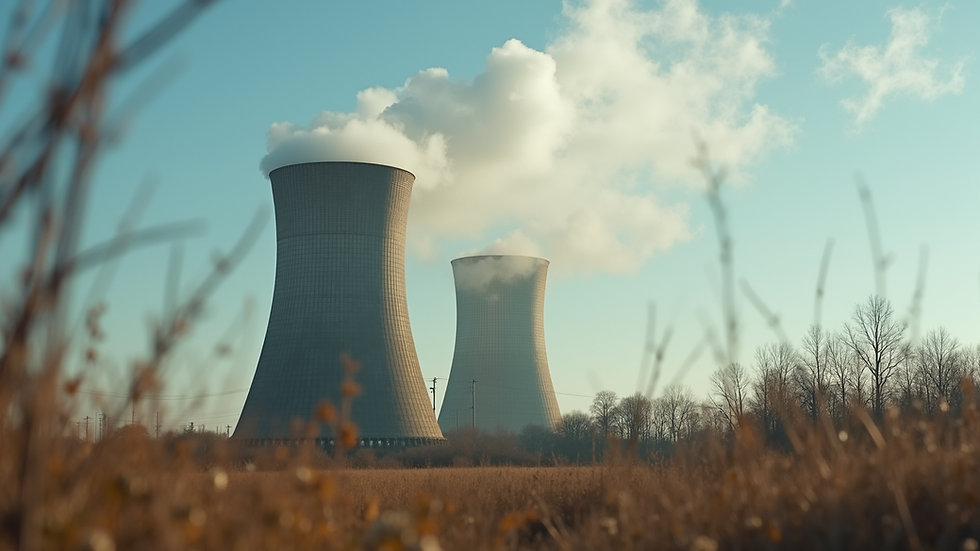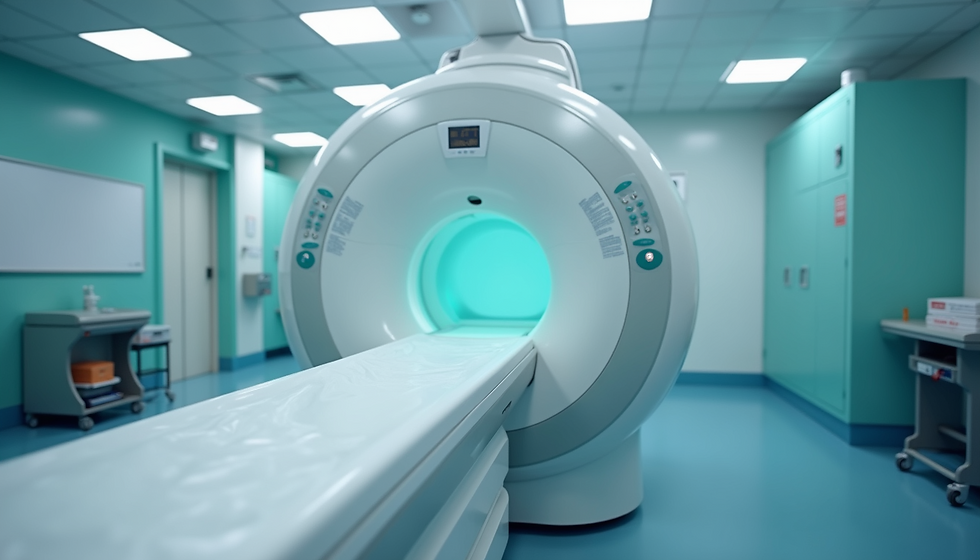Helium-3 - A Definition
- get into nuclear
- Apr 14, 2023
- 2 min read
Updated: Apr 18, 2023
Helium-3 is a rare isotope of helium containing one neutron and two protons, instead of the more common helium-4 isotope with two neutrons and two protons. It is a valuable resource for its potential use in nuclear fusion, medical imaging, and space exploration. Here, we delve into the key takeaways, understanding, sources, and uses of Helium-3.
Key takeaways:
1. Helium-3 is a rare isotope of helium that contains one neutron and two protons.
2. It is produced through the decay of tritium, a radioactive isotope of hydrogen, and can also be extracted from the moon's soil.
3. Helium-3 has unique properties that make it valuable for use in nuclear fusion, medical imaging, and space exploration.
Understanding Helium-3:
Helium-3, as a definition, is a non-radioactive, non-toxic gas that has several unique properties. It has a much lower boiling point than helium-4, making it easier to cool and liquefy. It is also much less reactive than other elements, making it an ideal material for use in superconductors and other high-tech applications.
Sources of Helium-3: Helium-3 is a rare isotope that is not found in significant quantities on Earth. However, it is produced through the decay of tritium, which is used in nuclear weapons and nuclear power plants. Helium-3 can also be extracted from the moon's soil, where the solar wind deposited it.
Uses of Helium-3:
The unique properties of Helium-3 make it valuable for a variety of applications. One of the most promising uses is in nuclear fusion, where it can be used to produce energy without generating harmful byproducts.
It is also used in medical imaging, where it is injected into the body to create images of the lungs and other organs. In addition, Helium-3 is being considered for use in space exploration, where it could be used to power spacecraft and generate breathable air for astronauts.
Helium-3 Definition Conclusion:
Helium-3 is a rare isotope with unique properties that make it valuable for use in various industries. While it is not found in significant quantities on Earth, it can be produced through the decay of tritium and extracted from the moon's soil.
With its potential use in nuclear fusion, medical imaging, and space exploration, Helium-3 is a valuable resource that could help to shape the future of technology and energy.










Comments